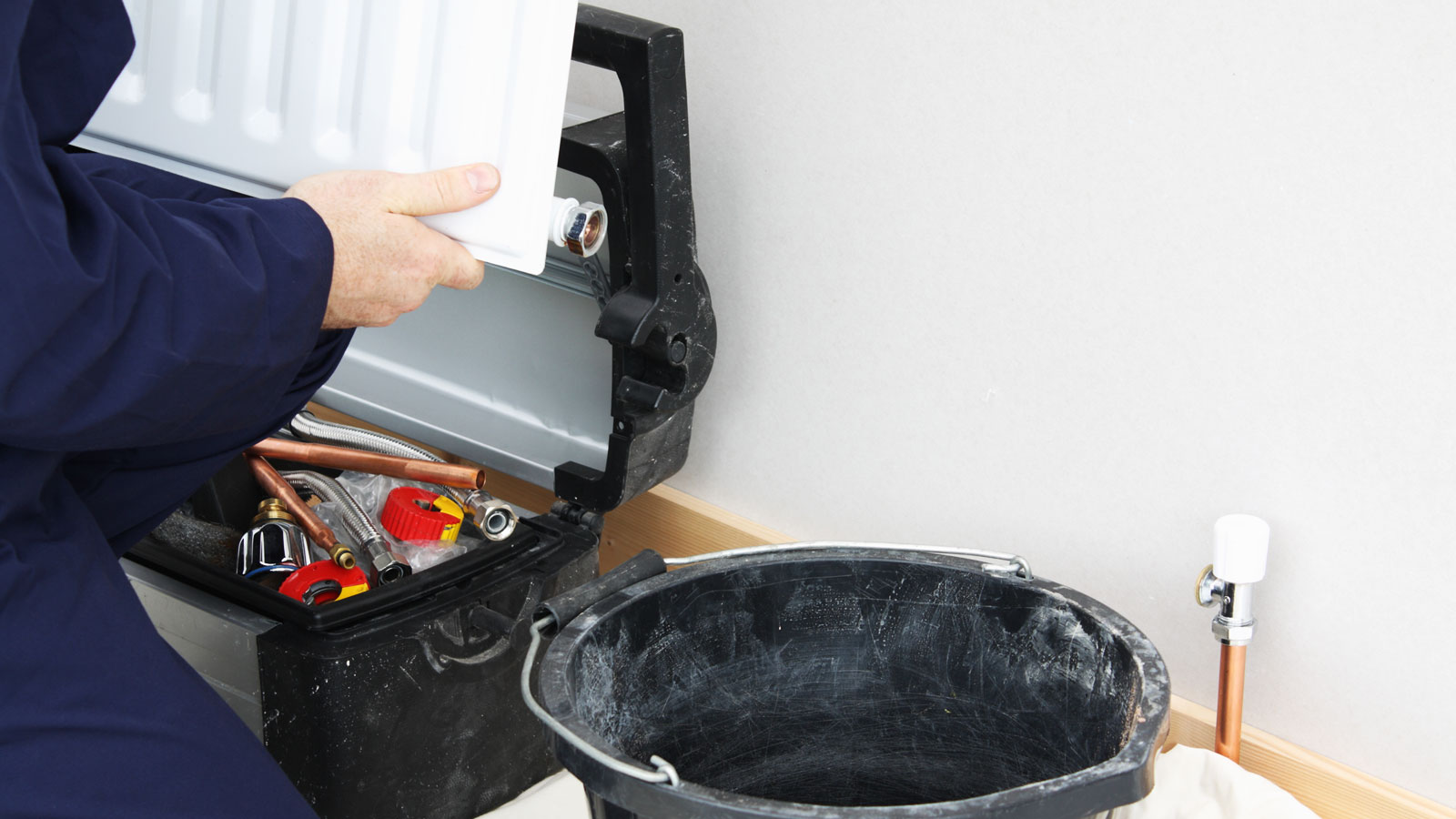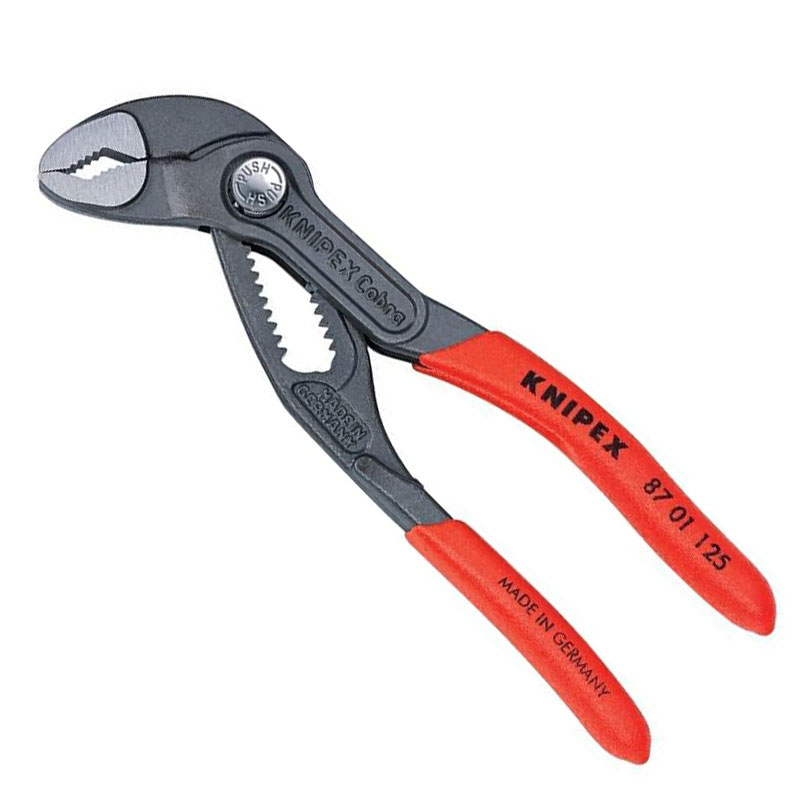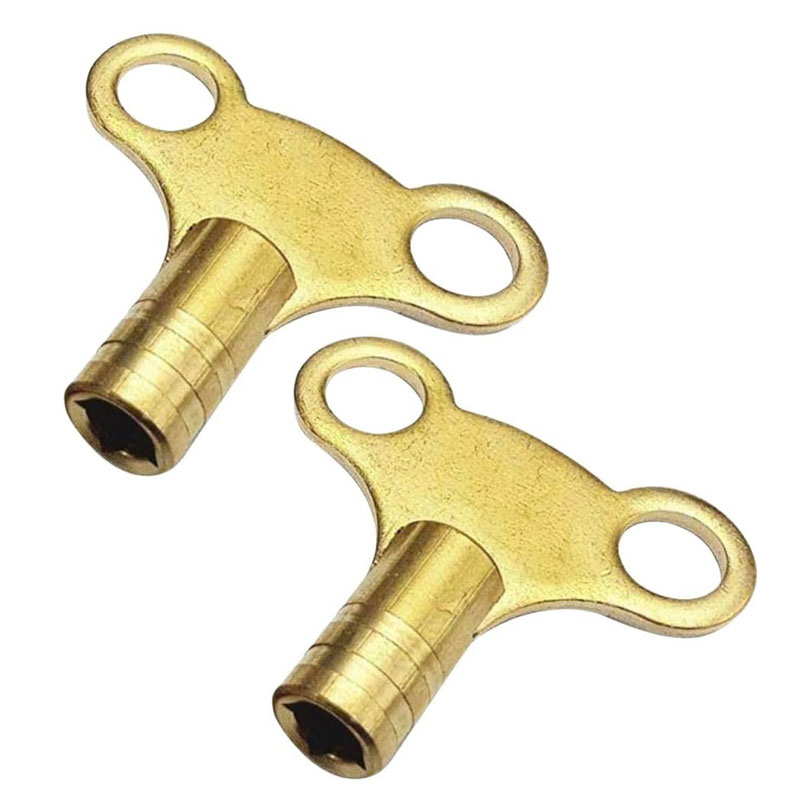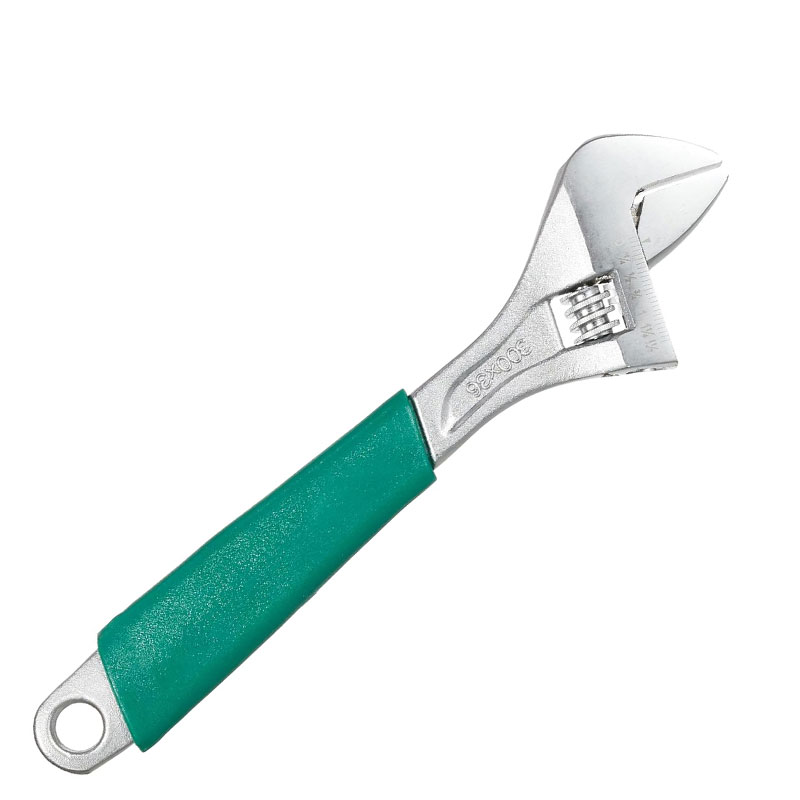How to remove a radiator and dispose of it correctly
Here the pros reveal how to remove a radiator and the steps you need to take to get rid of your old radiators responsibly

Learning how to remove a radiator isn’t as difficult as you might think. But, you will need the right tools and some essential know-how which you will find in this guide. Get your hands on both and you could be saving yourself some serious money.
If you’re removing a radiator to replace with a new one, then you’ll need to know how to recycle them responsibly. If you are looking to remove to paint behind a radiator then you won’t need to worry about getting rid of them. Whatever you are choosing to do, you’ll find expert advice on how to remove and recycle in this guide.
How to remove a radiator from a wall
Before removing a radiator from a wall there are a few tools that you'll need to complete the job. These are an adjustable spanner and a pair of water pump pliers to switch off/undo valves, a radiator bleed key to release water in the radiator, a bucket or container to catch water, plastic sheets to protect the floor and towels to mop up any stray water.
Here Michael Wood, Head of Network Delivery at Rightio reveals a quick outline of the steps you need to remove a radiator.
1. Turn off the heating system and let the radiators cool.
2. Isolate a radiator by turning off the valves on both sides.
3. Drain the radiators by opening the bleed valve and catching the water in a container.
4. Disconnect the radiators from the valves and carefully remove them from the wall brackets.
If you want to remove more than one radiator, Wood explains the difference. “The process for removing multiple radiators is essentially the same as removing a single unit but it should be done sequentially.”
What does this mean? It means that you should remove the radiator nearest the radiator you just removed and so on, going in the same direction, i.e. to the left.
Once you have removed the radiators, you will need a space to store them before you get rid of them. Make sure they are completely empty before moving, otherwise you may drop dirty, rusty water onto carpets and flooring. To make sure no water leaks out, stuff a rag into each of the valves while carrying outside.
“If unsure about any part of the process, it’s often best to consult with or hire qualified plumbers or heating engineers” suggests Wood.
Try these tools to remove a radiator

High quality water pump pliers with self-locking adjustment, induction hardened gripping teeth and a thin head design to help get into all spaces
How much does a pro charge to remove and dispose of a radiator?

Mike Watkins is a highly respected heating and gas engineer at Home Care Heating, located on the Wirral. With over 20 years of experience, Mike is an expert in all aspects of heating and gas systems. He is known for his dedication and passion for sharing his knowledge to help others.
If you're not confident removing a radiator yourself, or simply don’t have the time to do the job you can call in a professional to tackle the task. But how much can you expect to pay?
“The cost for a professional to remove and dispose of a radiator can vary based on location, the size of the radiator, and any complications that may arise”, points out Wood. “On average, you might expect to pay on average £139 per hour plus VAT, but it may vary depending upon the area and if any parts are required. Disposal can incur additional charges, especially if the radiator is large or made of heavy materials like cast iron.”
Mike Watkins of Home Care Heating provides an all inclusive price of £80 plus VAT to remove and dispose of a radiator. However, “If there are any complications, such as difficult access or the need for additional pipework modifications, the price might be slightly higher. For multiple radiators, we might offer a package deal”.
To get a more accurate quote for your location, contact several local contractors.
FAQs
How do you cap off a radiator?
What does cap off a radiator mean? It's what can happen once a radiator has been removed. Why? “It will stop water from entering the space where the radiator was." explains Watkins. “This allows you to safely leave the pipes in place.”
But how do you cap off a radiator? This is typically done using either push-fit stop ends or compression fittings, depending on your system.” shares Wood. “Ensure the caps are secure to prevent any leaks.
How do you dispose of old radiators?
If you are looking to get rid of your old radiators you can do this yourself. “Most local recycling centres accept metal items, including radiators. Check with your local council for specific guidelines and opening hours.” shares Watkins.
But some recycling centres will not accept certain types of radiators, typically older radiators. If this is the case with your local recycling centre Watkins suggests you take elsewhere, “Scrap metal dealers often take old radiators and might even offer you a small payment for the metal.”
If you don’t want to, or can’t dispose of your old radiators, most trades offer it as part of the removal service. “We include disposal, ensuring that the radiators are recycled responsibly.” shares Watkins. “Just make sure the radiators are fully drained of any water before disposal to avoid any environmental issues or mess.”
Get a closer look at some of our guides that will help ensure your radiator removal goes smoothly. Check How to isolate a radiator to stop water flow and How to bleed a radiator to remove water.
Get the Homebuilding & Renovating Newsletter
Bring your dream home to life with expert advice, how to guides and design inspiration. Sign up for our newsletter and get two free tickets to a Homebuilding & Renovating Show near you.
Steve Jenkins is a freelance content creator with over two decades of experience working in digital and print and was previously the DIY content editor for Homebuilding & Renovating.
He is a keen DIYer with over 20 years of experience in transforming and renovating the many homes he has lived in. He specialises in painting and decorating, but has a wide range of skills gleaned from working in the building trade for around 10 years and spending time at night school learning how to plaster and plumb.
He has fitted kitchens, tiled bathrooms and kitchens, laid many floors, built partition walls, plastered walls, plumbed in bathrooms, worked on loft conversions and much more. And when he's not sure how to tackle a DIY project he has a wide network of friends – including plumbers, gas engineers, tilers, carpenters, painters and decorators, electricians and builders – in the trade to call upon.



